FOR ALL AGES
Image © Unsplash.
Central America is home to some of the most beautiful and diverse countries on the planet, and one of the most interesting nations in the region is Nicaragua.
Nicaragua is home to millions of diverse people, thousands of varied wildlife communities, and an incredible landscape. Learn more about this fascinating country known as 'The Land of Lakes and Volcanoes' with our helpful guide filled with information about Nicaragua!
Nicaragua is one of seven countries in Central America, a region of the world known for its large coastal areas and diverse wildlife. You can find out more about Nicaragua's southern neighbour, Costa Rica, in our useful guide.
1) Nicaragua is a country in Central America. It has borders with two other countries and two bodies of water; Honduras in the northwest, Costa Rica in the south, the Caribbean coast in the east, and the Pacific Ocean in the southwest.
2) Nicaragua is the largest country in Central America by landmass; it stretches for over 130,000 km (50,000 m). That's still pretty small though - it's about the same size as the US state of New York.
3) Nicaragua is pretty far away from the UK - 8,310 km (5,164 m) away to be exact. That means it takes over eleven hours to get there by plane!
4) The name Nicaragua is a combination of two words. A group of indigenous people called the Nicarao were living in the region when the Spanish arrived, and the colonists combined this word with the Spanish word for water, agua, to form the name of the country.
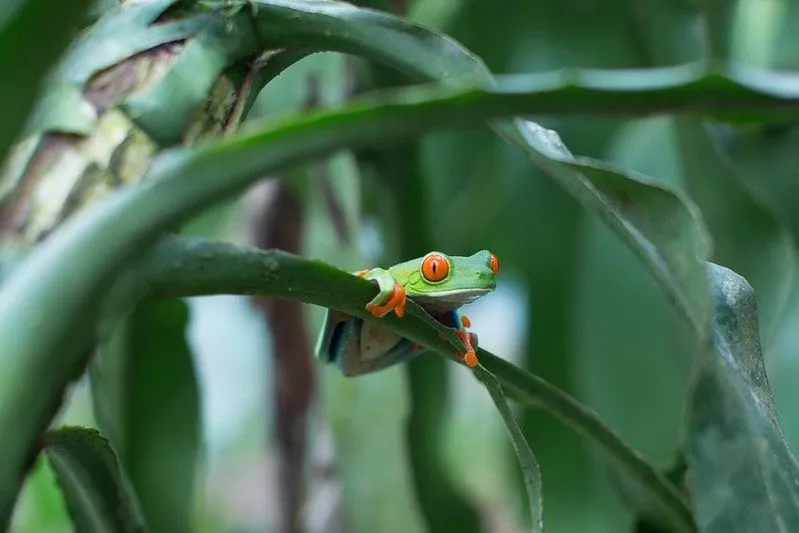
5) Nicaragua is home to over six million people. It's one of the most diverse countries in Central America - many people can trace their heritage back to the indigenous groups of the region, and there are also European, African, and Asian heritages represented among Nicaragua's population.
6) The official language of Nicaragua is Spanish. However, Nicaragua has a large community of native peoples, who speak indigenous languages such as Moskito, Rama, and Sumo. English is also spoken in places like Bluefields, which was part of the former British colony on the Moskito coast and shares many cultural traditions with other former British colonies in the Caribbean.
7) The capital of Nicaragua is Managua, which is also the largest city in the country, with a population of over one million people. Other important cities in Nicaragua include Leon, Masaya, and Granada.
8) The official currency in Nicaragua is the Cordoba.
Did You Know? Nicaraguan money is named after the Spanish conquistador Francisco Hernandez de Cordoba.
9) Nicaraguan weather is hot and tropical, with average temperatures being 27 degrees Celsius year-round. There are two types of weather in Nicaragua; from May to November is the rainy season, while the rest of the year is the dry season. Many Nicaraguans rely on the rainy season because farming is the largest section of the economy.
10) Like many countries in Central and South America, the history of Nicaragua is influenced by Spanish colonists. It won its independence from Spain in 1821, when it became part of the Federal Republic of Central America.
11) Nicaragua has had some political turmoil in the past, but in the twenty-first century, it has become stable politically. It's also one of the safest countries in Central America, and the people are kind and friendly. With its incredible landscapes and beautiful rainforests, Nicaragua is quickly rising as one of the top tourist destinations in Central America.
Top Tip: If the kids are loving these facts, build their knowledge of Geography even more with these awesome Geography games.
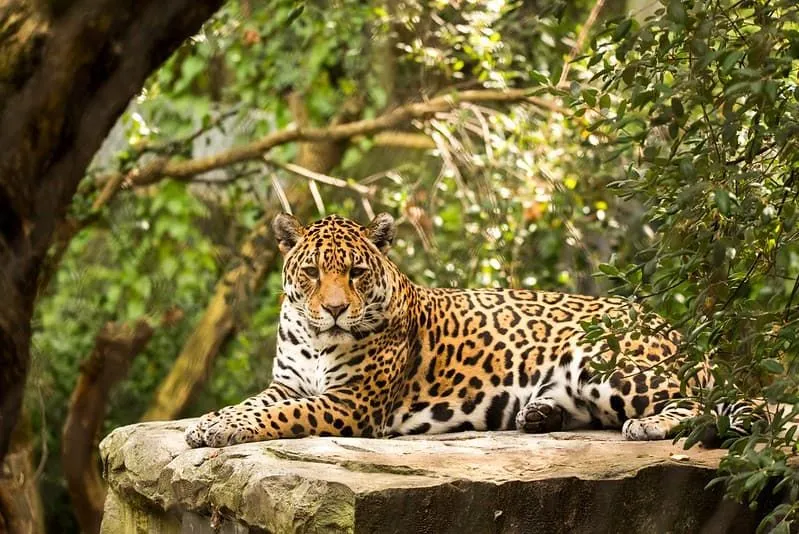
Image © Unsplash
11) Nicaragua is home to some incredible geographic features. Lining the country's Pacific coast are over 40 volcanoes, some of which are still active today.
12) You can find some of the world's most interesting animals in the rainforests of Nicaragua. There are many different species of monkey, including spider monkeys. One of the largest animals found roaming around the Nicaraguan jungles is the majestic jaguar, and there are also species of puma, ocelot, and cougar found hidden in the forests.
13) The country of Nicaragua can also lay claim to the largest lake in Central America. Lake Nicaragua stretches for 8,264 sq km (3,191 m) and has a depth of 26 metres in its' deepest parts. It separates the volcanoes of the southwest from the more central mountain ranges of Nicaragua. Water flows out from Lake Nicaragua to the Caribbean Sea through the San Juan river. Other large lakes in Nicaragua include Lake Managua and Lake Apanas.
14) Some of the biggest tourist attractions in Nicaragua include its miles of beaches, found on both the Pacific and Caribbean coasts. The volcanic islands of Lake Nicaragua are also a major tourist spot, such as Ometepe and Zapatera, which has archaeological remains of pre-colonial civilisations. There's also some beautiful architecture to be found in the cities of Leon and Granada, both of which were influenced by colonial Spanish buildings.
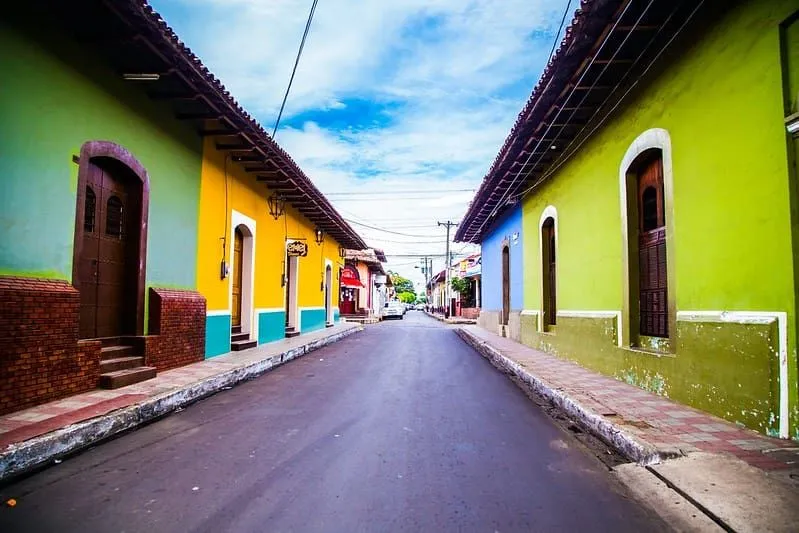
Image © Unsplash
15) One quirky fact about Nicaragua is that it's pretty easy to get lost! There are no street names in Nicaraguan towns and cities; instead, people give directions based on local landmarks. Pretty easy for a local, but if you're a tourist you might need to get some help to find where you need to go. Make sure to bring an English-Spanish dictionary!
16) The Nicaraguan flag consists of two blue stripes sandwiching a white stripe. The blue stripes represent the two oceans surrounding Nicaragua; the Pacific and the Caribbean. The white stripe stands for peace. In the middle of the flag is the Nicaraguan coat of arms, which features a rainbow stretching over five volcanoes in a representation of the Nicaraguan landscape.
17) The most popular sport in Nicaragua is baseball, and you can find plenty of baseball pitches all across the country. Football is also popular, although Nicaragua's football team has never qualified for the World Cup. Boxing and swimming are other popular sports in the country.
18) For any foodies out there, Nicaragua has some delicious dishes that are often influenced by indigenous traditions. The national dish of Nicaragua is a dish of fried rice with beans and spices known as gallo pinto.
19) During Nicaragua's revolutionary period of 1979-1990, the arts flourished as a way of celebrating Nicaraguan culture and people. Nicaraguan folk music is very popular, and a number of talented painters made artwork that reflected the positive mood of the period. The Nicaraguan poet, Ruben Dario, is seen as one of the fathers of Central American literature and is a national hero in Nicaragua.
20) In the waters in and around Nicaragua, you can find a range of sea turtle species and over 600 different species of fish.
21) Around half of the Nicaraguan people practice the Roman Catholic religion, but there are also many Protestants and other religious groups.
22) Corn is a staple part of many Nicaraguans' diets, and meals with corn tortillas or cornmeal dough are common. The east of the country also has many traits of Afro-Caribbean cuisine, yum!
23) The San Cristobal volcano is the largest volcano in Nicaragua, standing at an impressive 1,745 m (5,725 ft). It's still active and regularly has small explosions!
Read The Disclaimer
At Kidadl we pride ourselves on offering families original ideas to make the most of time spent together at home or out and about, wherever you are in the world. We strive to recommend the very best things that are suggested by our community and are things we would do ourselves - our aim is to be the trusted friend to parents.
We try our very best, but cannot guarantee perfection. We will always aim to give you accurate information at the date of publication - however, information does change, so it’s important you do your own research, double-check and make the decision that is right for your family.
Kidadl provides inspiration to entertain and educate your children. We recognise that not all activities and ideas are appropriate and suitable for all children and families or in all circumstances. Our recommended activities are based on age but these are a guide. We recommend that these ideas are used as inspiration, that ideas are undertaken with appropriate adult supervision, and that each adult uses their own discretion and knowledge of their children to consider the safety and suitability.
Kidadl cannot accept liability for the execution of these ideas, and parental supervision is advised at all times, as safety is paramount. Anyone using the information provided by Kidadl does so at their own risk and we can not accept liability if things go wrong.
Kidadl is independent and to make our service free to you the reader we are supported by advertising.
We hope you love our recommendations for products and services! What we suggest is selected independently by the Kidadl team. If you purchase using the buy now button we may earn a small commission. This does not influence our choices. Please note: prices are correct and items are available at the time the article was published.
Kidadl has a number of affiliate partners that we work with including Amazon. Please note that Kidadl is a participant in the Amazon Services LLC Associates Program, an affiliate advertising program designed to provide a means for sites to earn advertising fees by advertising and linking to amazon.
We also link to other websites, but are not responsible for their content.
Was this article helpful?

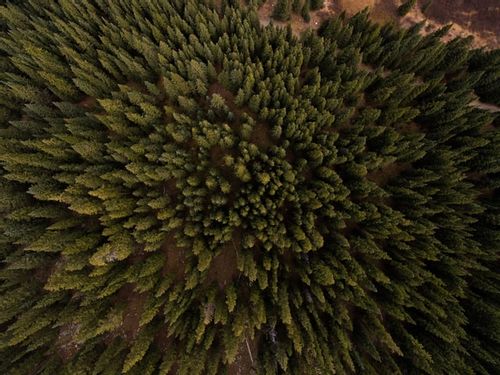
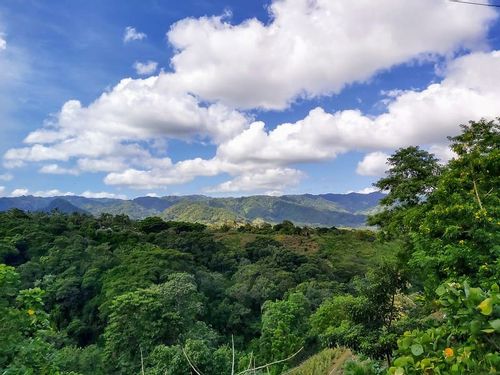
Browse Category

We’ll send you tons of inspiration to help you find a hidden gem in your local area or plan a big day out.



Check your inbox for your latest news from us. You have subscribed to:
Remember that you can always manage your preferences or unsubscribe through the link at the foot of each newsletter.